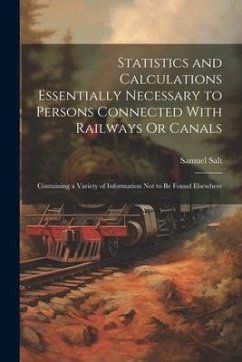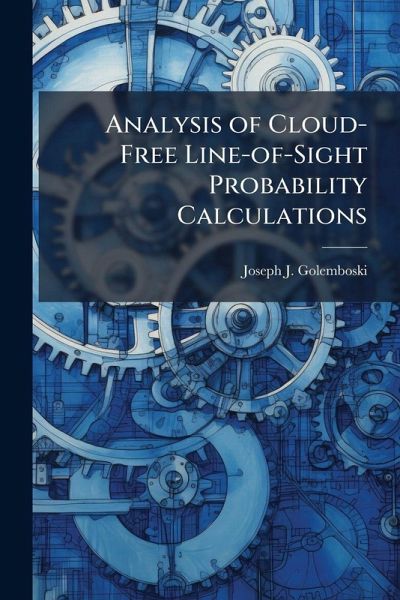
Analysis of Cloud-Free Line-of-Sight Probability Calculations
Versandkostenfrei!
Versandfertig in über 4 Wochen
15,99 €
inkl. MwSt.
Weitere Ausgaben:

PAYBACK Punkte
8 °P sammeln!
Cloud-free line-of-sight probabilities were calculated using two separate methods. The first was a variation of a method developed by the Rand Corporation in 1972. In it, CFLOS probabilities were calculated using empirical data based on five years of photograms taken over Columbia, Missouri and forecasted cloud amounts rather than climatological values. The second was a new approach using the Cloud Scene Simulation Model developed by Phillips Laboratory. Cloud scenes were generated using forecasted cloud fields, meteorological inputs, and thirty random numbers. Water content files were produce...
Cloud-free line-of-sight probabilities were calculated using two separate methods. The first was a variation of a method developed by the Rand Corporation in 1972. In it, CFLOS probabilities were calculated using empirical data based on five years of photograms taken over Columbia, Missouri and forecasted cloud amounts rather than climatological values. The second was a new approach using the Cloud Scene Simulation Model developed by Phillips Laboratory. Cloud scenes were generated using forecasted cloud fields, meteorological inputs, and thirty random numbers. Water content files were produced and processed through a follow-on program to determine the extinction coefficients at each grid point in the working domain. A reiterative routine was written to integrate the extinction coefficients along a view angle from the top of the domain down to the surface at separate points within the horizontal domain. The values of each point were summed and averaged over the working domain to determine the CFLOS probability for the target area. The nadir look angle was then examined for both methods. Stratus, stratocumulus, cumulus, and altocumulus cloud types were independently examined with the CSSM generated cloud scenes. Each method and cloud type were compared against the known CFLOS probability for nadir. This work has been selected by scholars as being culturally important, and is part of the knowledge base of civilization as we know it. This work was reproduced from the original artifact, and remains as true to the original work as possible. Therefore, you will see the original copyright references, library stamps (as most of these works have been housed in our most important libraries around the world), and other notations in the work. This work is in the public domain in the United States of America, and possibly other nations. Within the United States, you may freely copy and distribute this work, as no entity (individual or corporate) has a copyright on the body of the work. As a reproduction of a historical artifact, this work may contain missing or blurred pages, poor pictures, errant marks, etc. Scholars believe, and we concur, that this work is important enough to be preserved, reproduced, and made generally available to the public. We appreciate your support of the preservation process, and thank you for being an important part of keeping this knowledge alive and relevant.



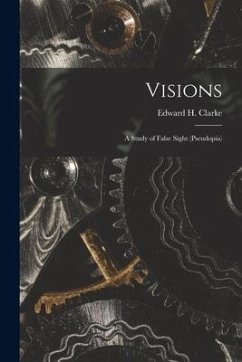
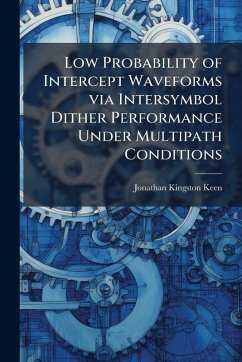
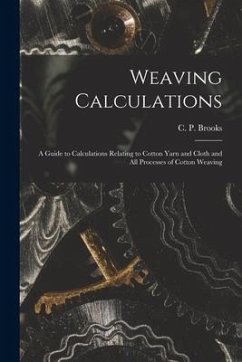
![Questions for Exercise in Navigation, Necessary to Effect Expedition and Accuracy in Nautical Calculations ... [microform] Cover Questions for Exercise in Navigation, Necessary to Effect Expedition and Accuracy in Nautical Calculations ... [microform]](https://bilder.buecher.de/produkte/65/65620/65620808n.jpg)

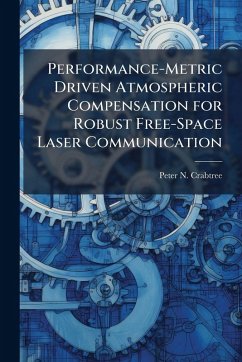

![Cylinder Proportions for Compound Engines Determined by Their Free Expansion Losses [microform] Cover Cylinder Proportions for Compound Engines Determined by Their Free Expansion Losses [microform]](https://bilder.buecher.de/produkte/65/65549/65549234n.jpg)
![Reports of the Inspectors of the Free Ports of Gaspé and Sault Ste. Marie [microform]: Together With Certain Statistical Tables of Imports Cover Reports of the Inspectors of the Free Ports of Gaspé and Sault Ste. Marie [microform]: Together With Certain Statistical Tables of Imports](https://bilder.buecher.de/produkte/66/66113/66113810n.jpg)
